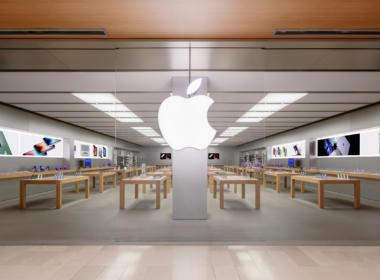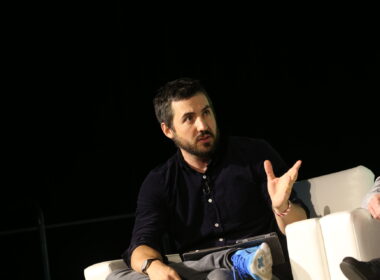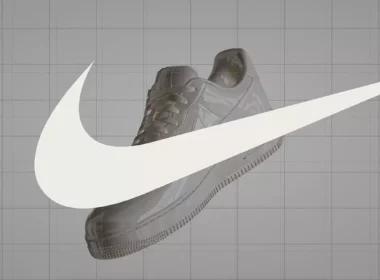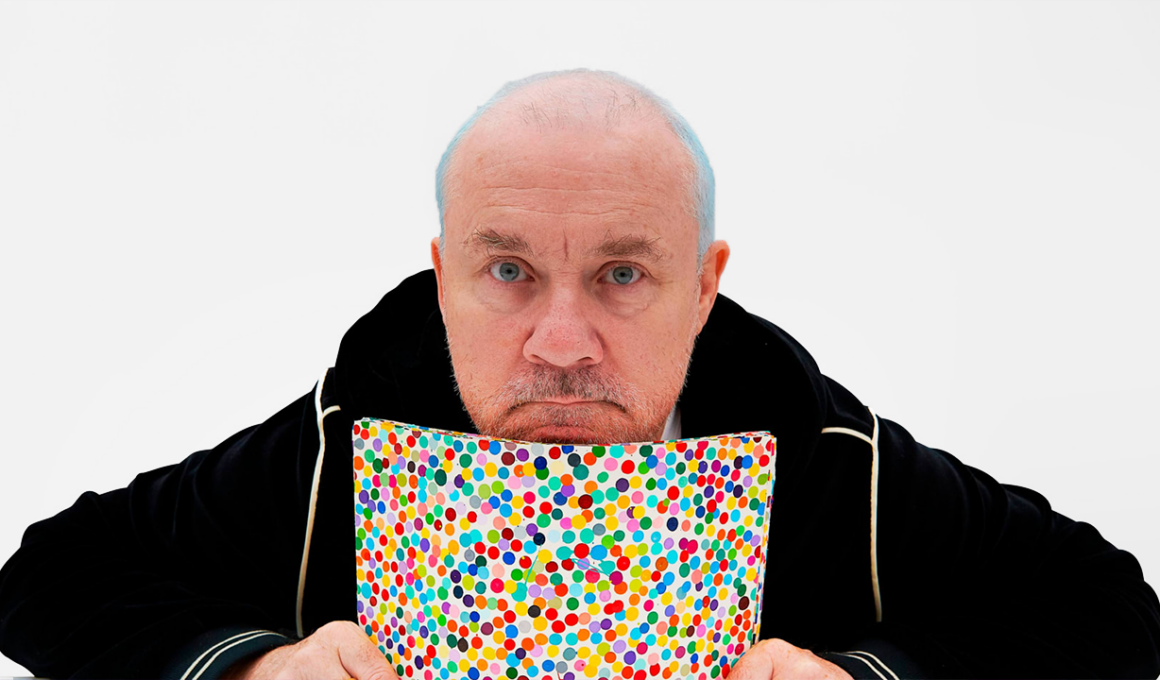Beyond their speculative aspect, non-fungible tokens (NFTs) have had a significant impact on artists’ daily lives.
Whatever their field of expertise, design, 3D modeling, painting, some artists have decided to take this decentralized turn by integrating NFTs into their creative strategy.
Whether it is from a financial, visibility or security point of view, the technology brought by NFTs brings a real added value to the art field, despite a very controversial public opinion.
In this article, we will try to discover the reasons why some artists have chosen to adopt this technology.
A new kind of revenue
One of the main reasons why some artists have turned to this technology is undoubtedly: money
As you know, art is an extremely competitive field that requires artists to constantly improve their work in order to compete. Artists have seen NFT as a new way to make money without having to face the rivalry of the traditional art market.
In addition to being able to share and offer their own NFT works for sale, a new financial opportunity has emerged with the appearance of NFT collections. Whether on service platforms or directly on social networks, many artists have been asked to put their skills at the service of NFT collections.
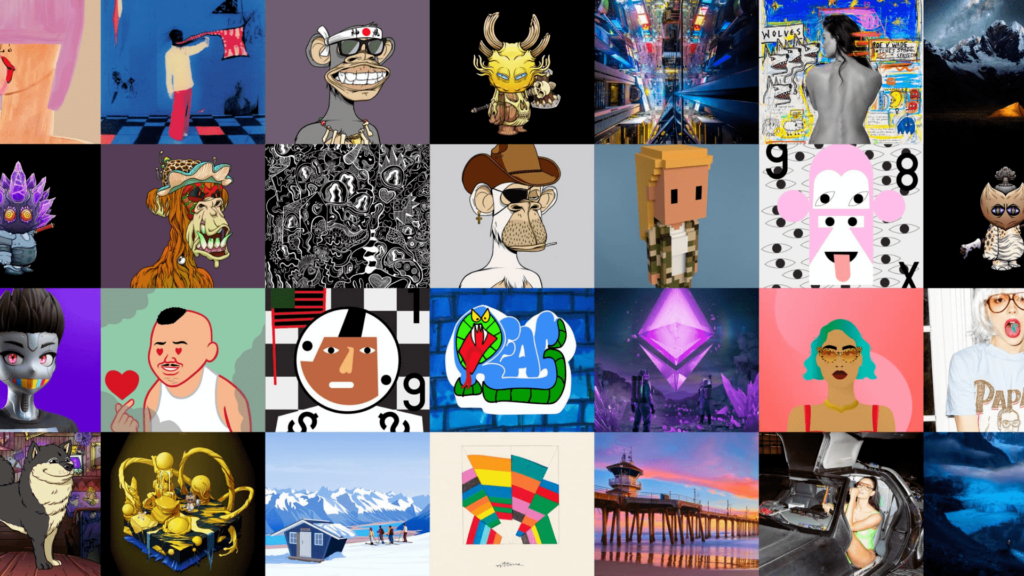
These collections, generally composed of several thousands of NFTs, and thus of several tens of different visual attributes or “traits”, were ready to pay exorbitant sums to obtain a unique art.
Indeed, these sums could easily reach tens of thousands of dollars for the most talented artists. Not to mention the royalties generated through the exchange of NFTs, which quickly became a significant source of income.
Adding up all these new financial sources, the most popular Web3 artists saw their profits explode, sometimes reaching several million dollars each month.
A new kind of visibility
By diving into the world of Web3, artists have opened up to a whole new audience, one that is engaged and ready to pay large sums of money for quality work.
There has also been the emergence of new marketing strategies to gain visibility. For example, many artists are choosing to collaborate with other creators in the field. This mutual help allows them to make their creations known to new communities, thus stimulating more quickly the interest for their work.
Finally, Web3 breaks down the barriers of entry to the art world in general. Artists do not need any license or authorization to sell their artworks. In addition, some marketplaces allow artists to publish their works without any eligibility criteria.
Web3 and NFT give them a total freedom of creation.
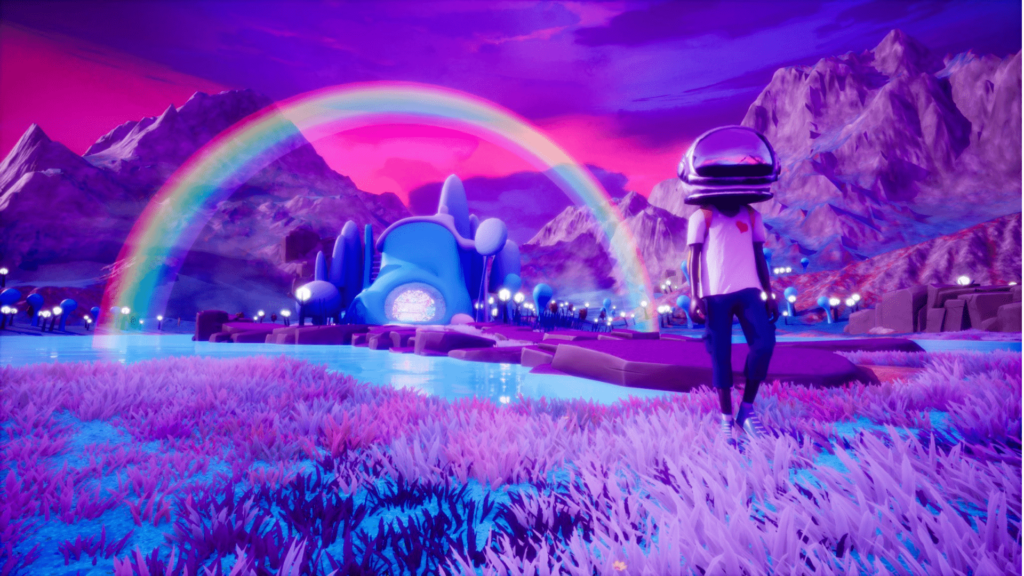
Increased security for digital artworks
For artists, NFT has also emerged as a new way to protect themselves against plagiarism. By registering their fingerprints in the bowels of the blockchain, their works become authentic and unique.
Indeed, for those who don’t know, NFTs are tokens stored on the blockchain that act as proof of ownership, making digital files (images, artworks, etc.) unfalsifiable and interchangeable.
Especially since there is nothing to stop artists from turning their digital art into real physical works to be displayed in exhibitions and art galleries. The difference with “classic” works is that the authenticity of works attached to NFTs can be verified.
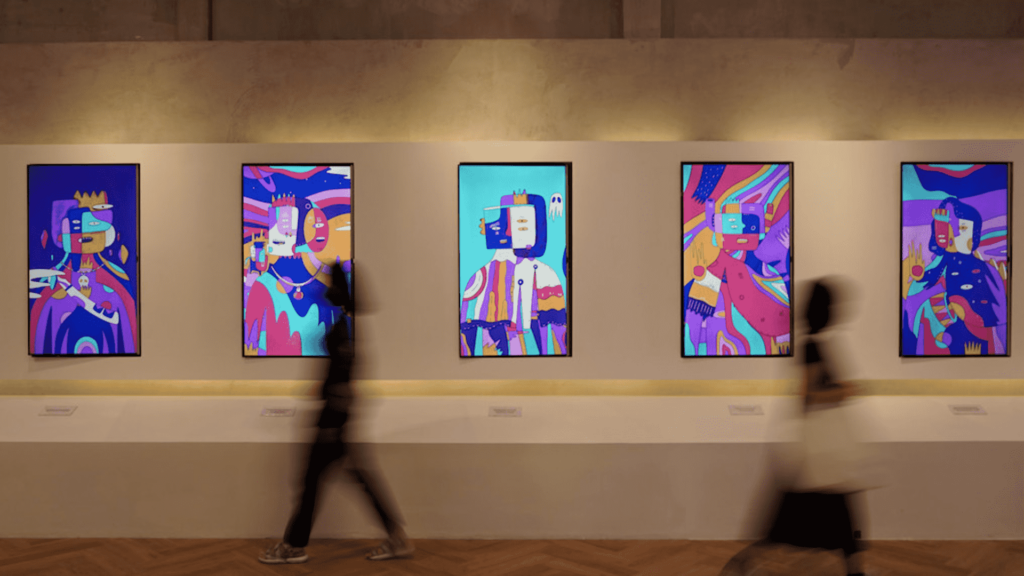
A way to connect with your community
NFT technology also offers artists the possibility to establish real links with the people who buy their works.
Indeed, the traceability offered by the blockchain gives these creators the possibility to know exactly how many people, but also the digital identity (on-chain address) of these people, hold their NFT.
As a result, it is now easy for a Web3 artist to design a whole system of rewards exclusively for his holders.
These rewards can be in the form of Airdrop, tickets to virtual and physical events, or exclusivities regarding the artists’ future collections.
A clientele that feels really involved will be much more likely to buy the artists’ future works, but will also be very committed to them.
Web3 Artist – A growing profession
The new NFT fashion has undeniably divided the art sector as we knew it before. Indeed, there are now three types of artists: traditional artists, web2 artists and web3 artists.
It is likely that this latest generation of artists, the Web3 artists, will have a huge rise in the coming years, when Web3 will be integrated in everyone’s daily life. More and more Web3 projects, start-ups, but also world famous brands will need artists familiar with the Web3 world.
If you are an artist, get into Web3 as soon as possible and seize the opportunities that are offered to you.

